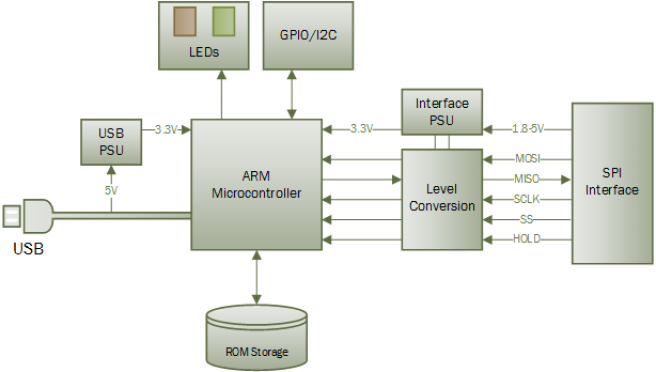Shared project from Teensy creator Paul Stoffregen on OSH Park:
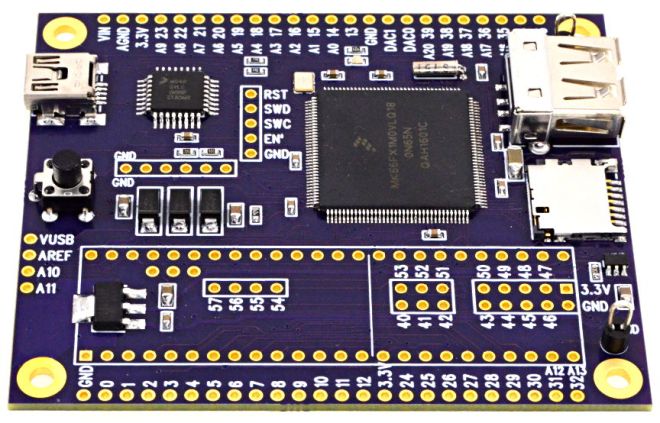
A known good reference board for testing the MKL04 chip when building a DIY Teensy 3.6. Refer to this table for the differences between Teensy 3.6 and other models. The soldering friendly LQFP package (at least more friendly than BGA) is used on this board.


Parts Placement Diagram

Bill Of Materials
1 MK66FX1M0VLQ18
1 IC_MKL04Z32_TQFP32
1 USB A Connector
1 USB Mini B Connector
1 Micro SD Socket
1 MCP1825S Voltage Regulator
1 TPD3S014 USB Power Switch
1 Crystal, 16 MHz
1 Crystal, 32.768 kHz
3 Diode, Schottky, B120
1 Capacitor, 100uF, 6.3V
4 Capacitor, 4.7uF
10 Capacitor, 0.1uF
1 Resistor, 100K
2 Resistor, 470
2 Resistor, 220
2 Resistor, 33
1 Pushbutton
2 Test Point, Black

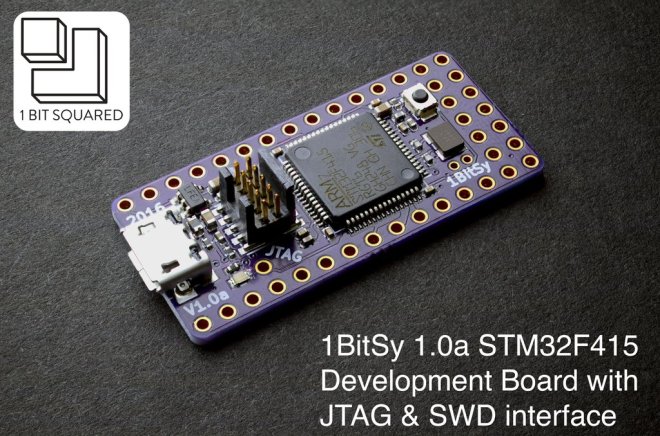

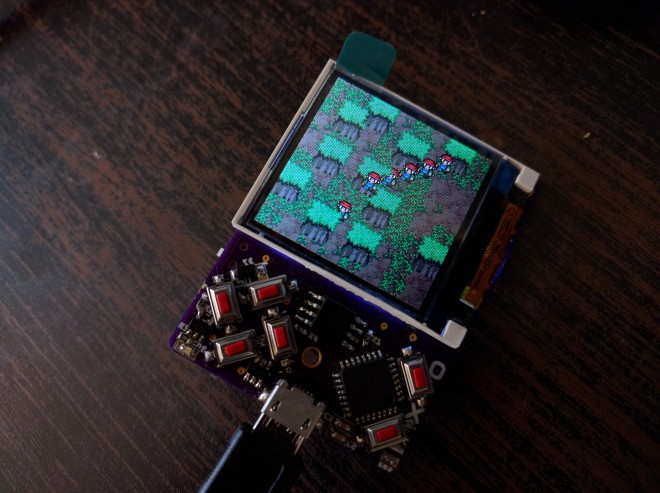
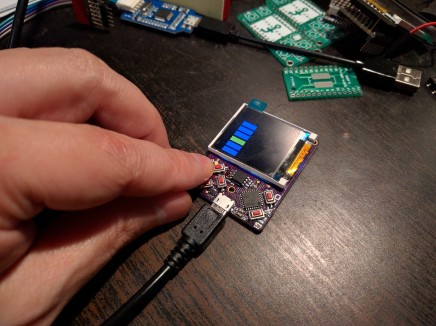





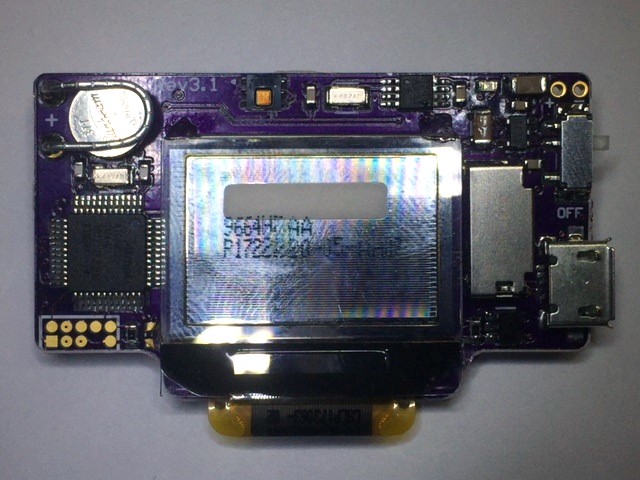





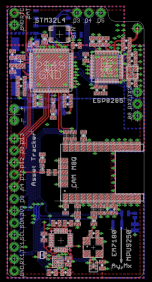






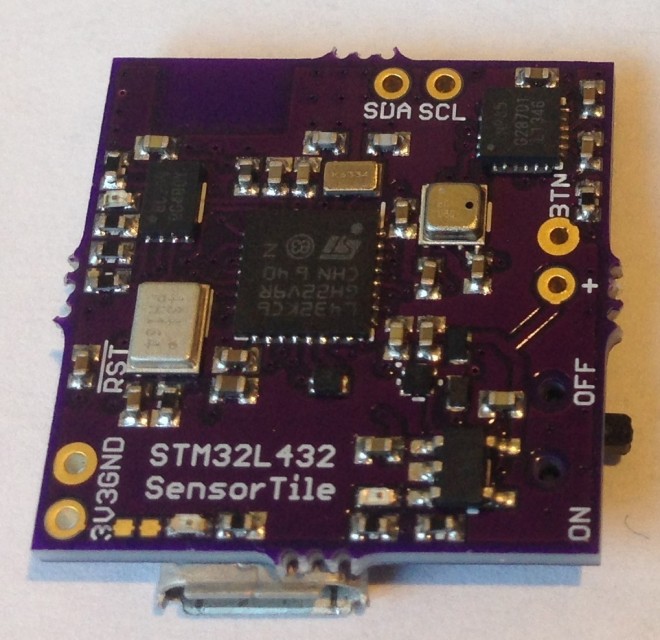

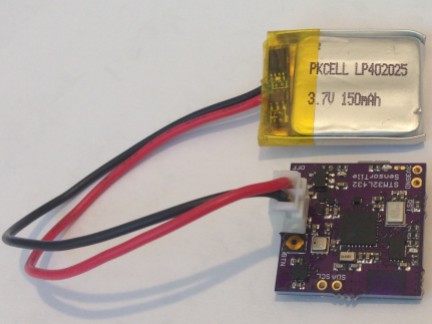



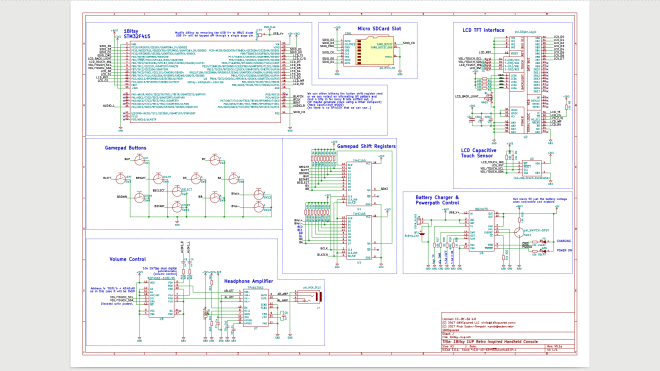
 1bitsy/1bitsy-1up
1bitsy/1bitsy-1up

 EEEmu/Supported-Devices
EEEmu/Supported-Devices


